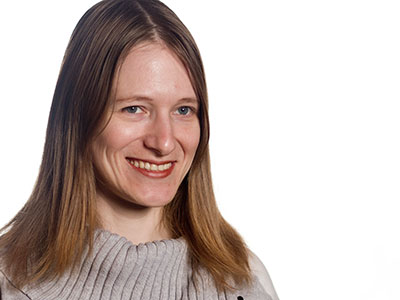
Hometown, Country:
Arlington, MA (born in Moscow, Russia)
Academic history prior to coming to MIT:
B.S. in Optical Sciences/Engineering from College of Optical Sciences at the University of Arizona.
What brought you to MIT?
I am truly very lucky – in way I live in my dream – and the dream was to get into MIT to work on ultrafast optics/photonics. I have learned early on that I loved nonlinear optics/photonics, and academic research – I started fabricating and measuring nonlinear films as part of a summer research program before I was officially admitted to my undergraduate program; I continued throughout my undergraduate years, including all summers. Throughout my undergraduate years, I have read numerous publications by Professor Ippen, and my former mentors/advisers have told me about his group and his students. I have, of course, applied to several graduate schools, and considered several professors to work for, but I always had a true number one choice in my mind; I couldn’t have made a better decision, and I couldn’t have had a better PhD adviser.
What problem are you trying to solve with your current research and what are some possible applications?
I work with integrated photonic devices – modeling, designing, and measuring fundamental properties and overall operation of such devices. While a lot of optics/photonics has been done in optical fiber or with free-space setups and is fairly well-known, integrated on-chip devices are relatively new. The ability to make fully-integrated devices on chip using CMOS processing allows for scaling, and mass-production of a vast generation of communication, biomedical, and sensing devices. The problems in engineering integrated devices are such that on-chip physics is slightly different from bulk or fiber-based systems, and thus a lot of fundamental properties of integrated devices are different; moreover, one is limited by fabrication capabilities and tolerances, where a slight fabrication-induced change can shift the entire device out of operation. Therefore, such devices have to be engineered for a greater fabrication-induced variations, and certain fundamental properties have to be simulated/characterized separately in each case.
What interests you most about your research?
Ultrafast/nonlinear optics is a fascinating field, where intuitive understanding of underlying physical principles is critical; and it works out beautifully, with measured results confirming complicated theoretical predictions in both time and frequency domains. When engineering an integrated device consisting of numerous components, one gets, through rigorous experiments, to characterize the performance from purely engineering standpoint. However, it is a physical insight — understanding of underlying physical phenomena – what actually is happening inside of a device (as opposed to what specs are measured) – that actually leads to major improvements and new technologies. It is this combination of underlying science and device engineering working together that gets most of my interest in MIT. What starts as an engineering problem, always gets down to physics, and the ability to combine the two is fascinating.
What are your future plans?
Governmental lab, industry or academia J Major factors will be the ability and the freedom to do scientific research, and having a great mentor/supervisor to for with. Though honestly, in a perfect world, I would never leave MIT.
